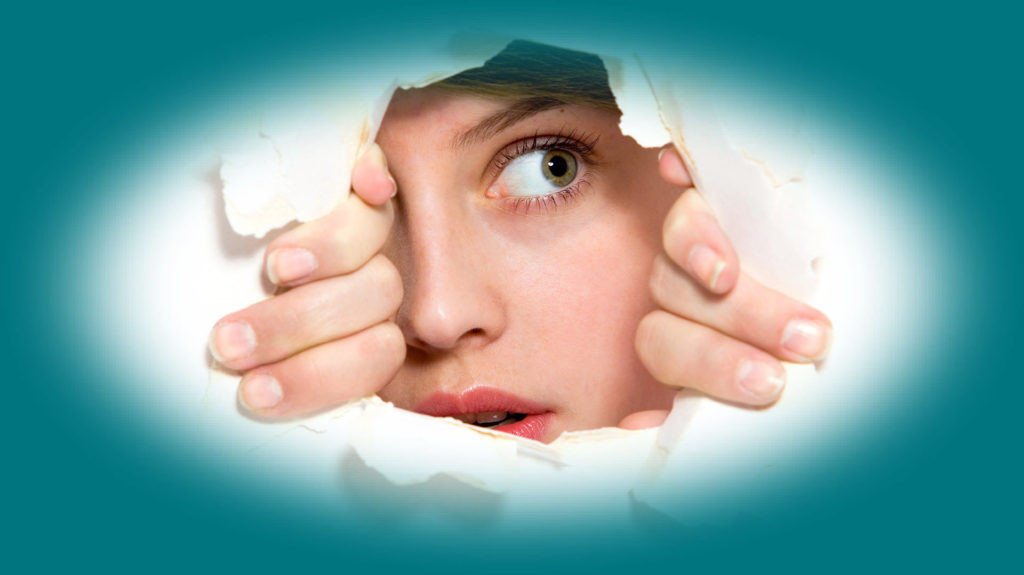Depression, Anxiety, Phobias, and Panic
Depression
Clinical depression is commonly associated with a range of somatic symptoms, including abdominal pain, persistent headaches, sleep disturbances, fatigue, and reduced motor coordination. These symptoms can significantly impair daily functioning and the overall quality of life for those affected. While the underlying etiological factors of depression remain largely unclear and complex, significant genetic predispositions have been identified through familial patterns and observational studies. Furthermore, the onset of this debilitating condition may often be triggered by various forms of psychological trauma, alongside challenging life experiences such as loss, relationship difficulties, or ongoing stress. Epidemiological studies consistently reveal a higher prevalence of depression among females, with symptoms often exhibiting gender-specific characteristics, potentially due to a combination of biological, social, and environmental factors that influence emotional well-being.

Many people experience higher rates of depression after giving birth and during late fall. Depression and anxiety often make each other worse, leading to difficulties with focus and discussions. Some individuals may turn to alcohol, drugs, or overeating as coping mechanisms, which can result in further health issues. Additionally, those with depression face a heightened risk of self-harm.
Depression is a mental illness which is characterized by prolonged emotional symptoms including:
- Apathy
- Sadness
- Guilt
- Exhaustion
- Irritability
To diagnose depression, a counselor, psychiatrist, or psychologist will do a mental health evaluation and some physical tests to check if the symptoms are caused by another condition. A person needs to have symptoms for at least two weeks to be considered depressed. Each case is different and needs personal care, but there are many helpful ways to treat depression, including:
- Talk therapy
- Medication
- Adopting a healthier lifestyle
Anxiety
Anxiety is a natural response to stress that involves feelings of worry, nervousness, or fear. While it can sometimes help us stay alert or prepared, ongoing or overwhelming anxiety may interfere with daily life and well-being.
Feeling tense or restless before a test, presentation, or job interview
Racing thoughts or excessive worrying about everyday situations
Physical symptoms such as a rapid heartbeat, sweating, or stomach upset
Avoiding social gatherings out of fear of being judged
Difficulty sleeping because of constant worry about the future
What About Phobias?

Phobias, according to the American Psychological Association, are intense fears that result in distress and can be intrusive. Individuals with this anxiety disorder have an irrational fear of things that don’t pose any real threat.
Here are a few examples of common phobias:
- Arachnophobia, which is the fear of spiders
- Acrophobia, this is the fear of heights
- Agoraphobia, which is the fear of being in a situation you can’t escape from
The American Psychiatric Association simplified the symptoms into two points:
- An out-of-proportion reaction, as well as the age playing a role in being inappropriate
- The individual’s capability to behave normally is compromised

Treatment options
Unlike anxiety disorders, such as Obsessive Compulsive Disorder, there isn’t extensive research that has been completed on phobias, but that hasn’t stopped mental health professionals from finding ways to help patients.
However, anxiety disorders are treated using methods like Cognitive Behavioral Therapy.
- Therapists help treat phobias by using psychotherapy, also known as talk therapy, and hypnosis. The patients receive CBT (cognitive behavior therapy), where they can learn how to think, react, and behave to whatever it is that they fear. It is meant to reduce the feeling of overwhelming anxiety.
- Medications, on the other hand, aren’t a cure but they help patients deal with symptoms.
- Individuals can also learn stress-management techniques, such as meditation, yoga, or other holistic approaches.
While one of these methods may work for some, professionals may provide their patients with a combination of these treatments and remedies. Unfortunately, the cause of anxiety disorder is unknown. It may be due to genetics, the environment, or even developmental. But until then, people dealing with phobias should seek help.
Panic Disorders
Panic attacks are brief episodes of extreme fear. They may be mistaken for heart attacks or strokes, but are actually psychological rather than physical. Panic attacks can occur suddenly and usually peak within ten minutes. Most panic attacks end within 20 to 30 minutes.
Some symptoms include:
- Chills
- Nausea
- Sweating
- Chest pain
- Palpitations
- Shaking
- Feelings of suffocation
Sometimes panic attacks are isolated incidents, but if a person has had at least two panic attacks and lives in fear of having another, they may have panic disorder. A panic attack can happen without an obvious cause, but people with panic disorder may develop phobias related to something they associate with panic attacks, including open spaces, and large crowds.
